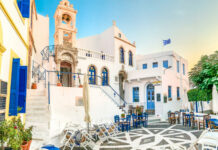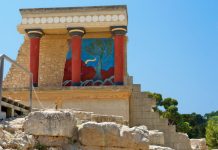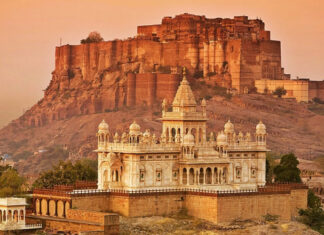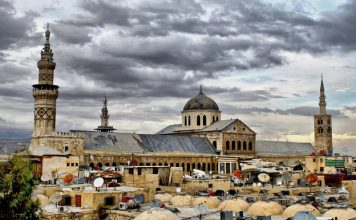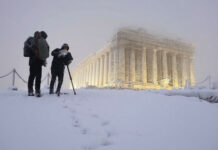Built on a Necropolis
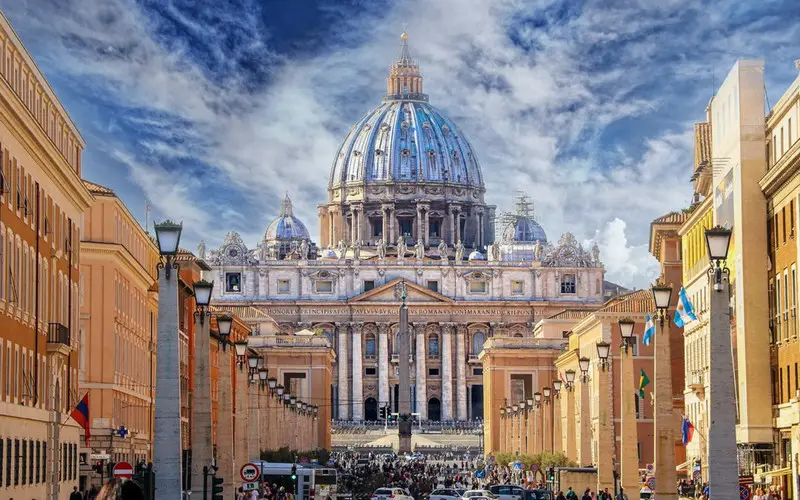
Beneath the majestic St. Peter’s Basilica lies an ancient necropolis, a burial ground dating back to Roman times. Tradition holds that St. Peter, one of Jesus’ apostles and the namesake of the basilica, was buried in this area. The basilica was constructed above the necropolis to honor the memory of St. Peter and, according to Catholic tradition, his final resting place is directly below the high altar.
Multiple Architects Left Their Mark
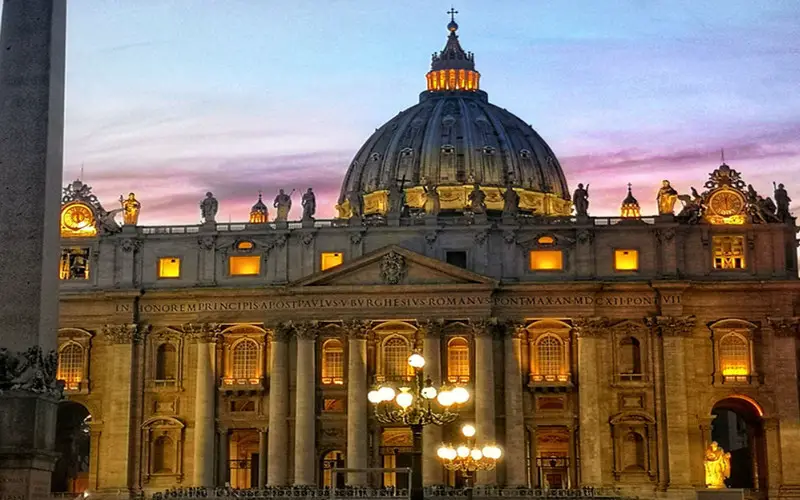
While the primary architect credited with designing St. Peter’s Basilica is Donato Bramante, several other renowned architects left their mark on the structure over the centuries. Michelangelo, Carlo Maderno, and Gian Lorenzo Bernini all played significant roles in shaping the basilica’s final form. Michelangelo, for instance, designed the dome, while Bernini contributed the grand St. Peter’s Square and the bronze baldachin over the papal altar.
Dome Climb Offers Spectacular Views
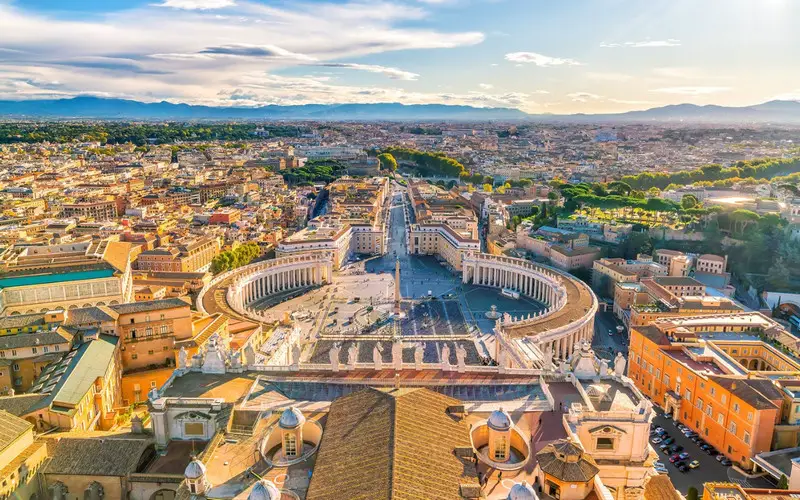
Visitors to St. Peter’s Basilica have the opportunity to climb to the top of Michelangelo’s dome for breathtaking panoramic views of Rome. The ascent involves climbing 551 steps, and along the way, travelers can admire intricate mosaics and enjoy unique perspectives of the basilica’s interior. The effort is rewarded with a stunning view of the Vatican Gardens, the city of Rome, and the surrounding landscape.
St. Peter’s Square Obelisk Has a Twin
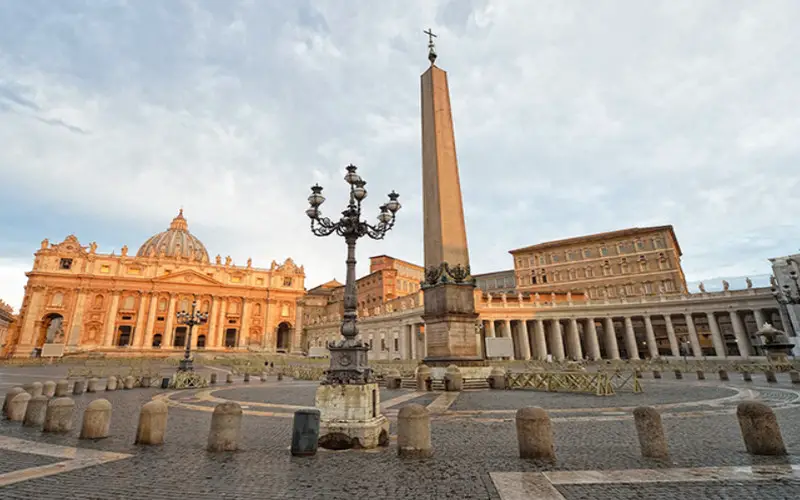
The obelisk that stands proudly in St. Peter’s Square is not a solitary monument. Its twin can be found in Piazza del Popolo, another famous square in Rome. The Vatican obelisk was originally located in Heliopolis, Egypt, and was later transported to Rome by Emperor Caligula. Pope Sixtus V arranged for its repositioning in St. Peter’s Square during the late 16th century.
The Only Renaissance Church with a Nave and Transept of Equal Length
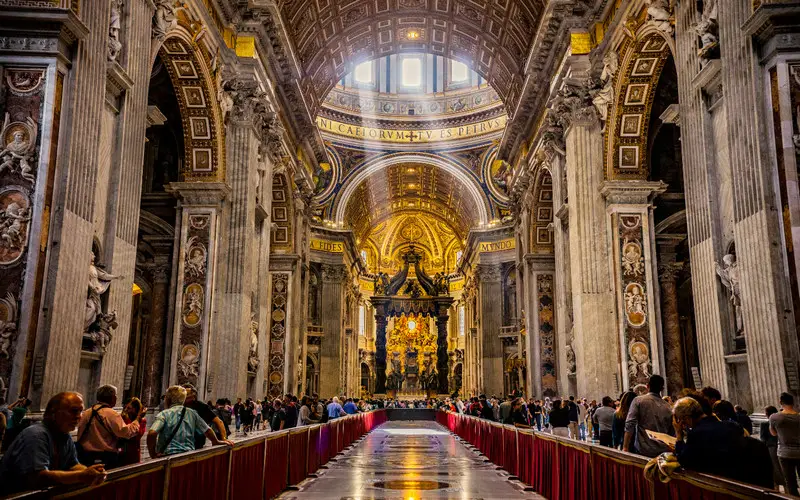
St. Peter’s Basilica boasts a unique architectural feature among Renaissance churches – its nave and transept have equal lengths. Typically, Renaissance churches followed a Latin cross plan with a longer nave and a shorter transept. However, St. Peter’s design deviates from this convention, creating a sense of balance and harmony within its vast interior.
Swiss Guards: The World’s Smallest Army Guards St. Peter’s
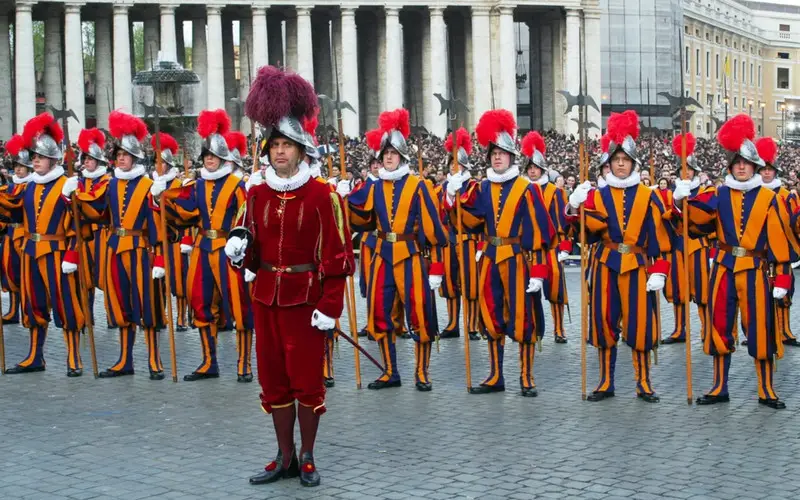
The colorful and distinctive Swiss Guards, clad in their iconic Renaissance-style uniforms, are responsible for protecting St. Peter’s Basilica and the Vatican City. Established in 1506, the Swiss Guards are one of the oldest and smallest standing armies in the world. Despite their ceremonial attire, they are well-trained and equipped to handle security responsibilities for the Pope and the basilica.





